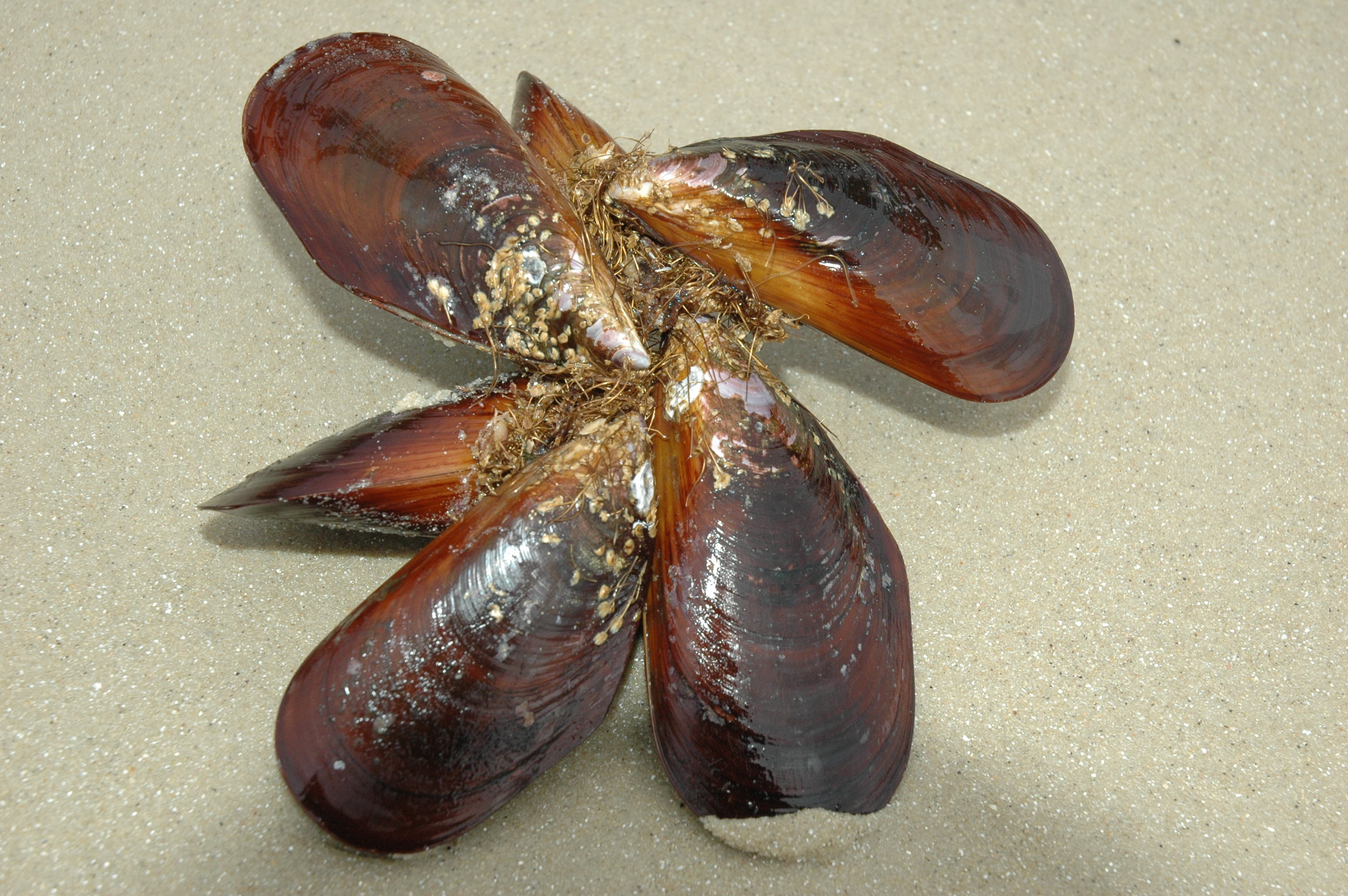What we know about toxin-producing microalgae blooms in shellfish farming areas in Santa Catarina
DOI:
https://doi.org/10.52945/rac.v36i3.1631Keywords:
Dinophysis, Pseudo-nitzschia, Red tide, shellfish farming, public healthAbstract
A recent study carried out by Epagri and IFSC analyzed the data generated by the toxin-producing algal blooms
monitoring state program between 2007 and 2019. It correlated these with data generated by meteorological models and satellite sensors to generate information to understand these events. The study showed that the genus Dinophysis is the group of toxin-producing microalgae that blooms most in SC and that diarrhoeic toxins are the most common. The study also shows that Dinophysis blooms can occur during all months of the year, but tend to be concentrated in the autumn and winter months and are related to the meteorological conditions observed during that period. Another important information is that Dinophysis blooms do not tend to coincide with non-toxic microalgae blooms and that chlorophyll estimates based on
satellites are not a good indicator of the occurrence of these events in Santa Catarina.
Metrics
Publication Facts
Reviewer profiles N/A
Author statements
- Academic society
- Epagri - Revista Agropecuária Catarinense
- Publisher
- Empresa de Pesquisa Agropecuária e Extensão Rural de Santa Catarina - Epagri
References
BRASIL. INSTRUÇÃO NORMATIVA INTERMINISTERIAL MPA/MAPA N° 07, DE 08 DE MAIO DE 2012. Institui o Programa Nacional de Controle Higiênico-Sanitário de Moluscos Bivalves (PNCMB), estabelece os procedimentos para a sua execução e dá outras providências. Brasília, DF, 2012.
FAO; IOC; IAEA. Joint technical guidance for the implementation of early warning systems for harmful algal blooms. Fisheries and Aquaculture Technical Paper No 690. Roma, 2023. 224p. FAO. Doi: https://doi.org/10.4060/cc4794en
HALLEGRAEFF, G.; ANDERSON, D.M.; HOLE, W.; CEMBELLA, A. Manual on Harmful Marine Microalgae. UNESCO, Paris, 2003. 793 p.
MAFRA JUNIOR, L.L.; FERNANDES, L.F.; PROENÇA, L.A.O. Harmful algae and toxins in Paranaguá bay, Brazil: bases for monitoring. Brazilian Journal of Oceanography, v. 54, p.107–121, 2006. Doi: https:// doi.org/10.1590/s1679-87592006000200002.
VIANNA, L.F.N.; DE SOUZA, R.V.; SCHRAMM, M.A.; ALVES, T.P. Using climate reanalysis and remote sensing-derived data to create the basis for predicting the occurrence of algal blooms, harmful algal blooms and toxic events in Santa Catarina, Brazil. Science of The Total Environment, v.880, 2023. Doi: https://doi.org/10.1016/j.scitotenv.2023.163086.

Downloads
Published
How to Cite
Issue
Section
License
Copyright (c) 2023 Robson Ventura de Souza, Luiz Fernando de Novaes Vianna, Mathias Alberto Schramm, Thiago Pereira Alves

This work is licensed under a Creative Commons Attribution 4.0 International License.




